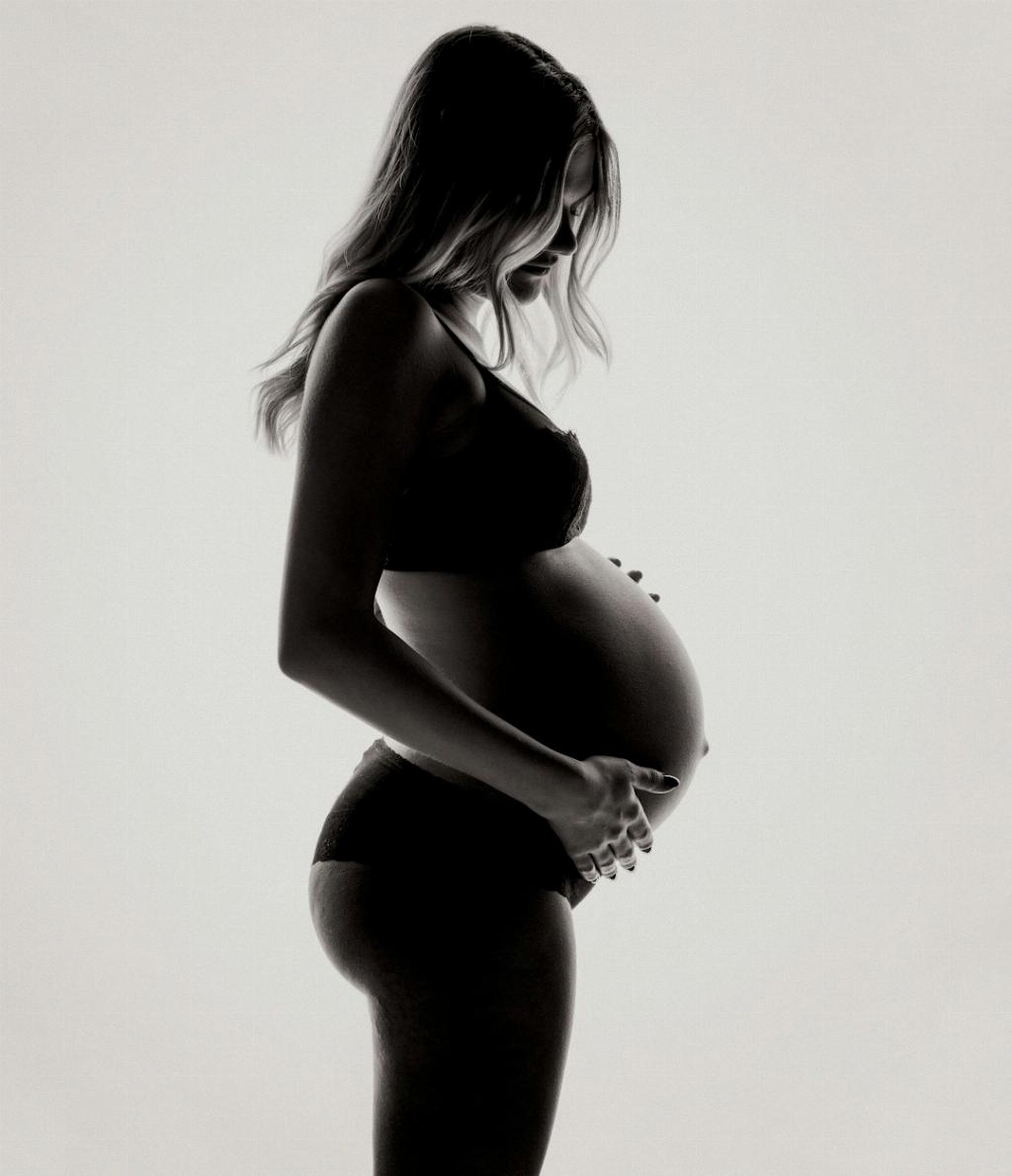When it comes to identifying whether a cow is pregnant without the assistance of a vet, there are several key indicators to look out for. One of the most notable signs is changes in the size and shape of certain body parts, such as the abdomen and the udder. These changes can be observed in both cows and heifers, providing valuable clues about the animal’s reproductive status.
Observing Abdominal Changes
Closely monitoring the abdomen can reveal tell-tale signs of pregnancy in cows. As the fetus grows inside the cow, the abdomen, often referred to as the “barrel,” may begin to expand and take on a more rounded appearance. This noticeable change in the size and shape of the abdomen is a common indicator of pregnancy in cows.
Examining the Udder
Another area to pay attention to when assessing pregnancy in cows is the udder. Pregnant cows may experience changes in their udder as a result of hormonal fluctuations associated with gestation. These changes can manifest as an increase in udder size and fullness, making the udder appear larger and more developed than usual.
Understanding Pregnancy Timing
Unlike humans, cows typically do not display a prominent “baby bump” in the early stages of pregnancy. It is only around the halfway mark of gestation that physical changes become more apparent externally. This delayed visibility of pregnancy signs in cows can make it challenging to confirm gestation without professional veterinary assistance.
Monitoring Estrus Behavior
Another aspect to consider when trying to determine if a cow is pregnant is observing its estrus behavior. Cows that are pregnant may exhibit reduced or altered estrus signs, including decreased interest in mating or mounting other cows. These behavioral changes can offer valuable insights into the cow’s reproductive status.
Considering Reproductive History
Knowledge of the cow’s reproductive history can also be instrumental in assessing pregnancy without veterinary intervention. Keeping track of breeding dates and previous calving patterns can help in estimating the likelihood of pregnancy based on the cow’s breeding cycle and past fertility outcomes.
Identifying Fetal Movement
In some cases, experienced cattle owners may be able to detect fetal movement by palpating the cow’s abdomen. Feeling for subtle kicks or movements from the developing fetus can provide indirect confirmation of pregnancy. However, this method requires skill and familiarity with bovine anatomy.
Performing Rectal Examination
A more advanced technique for determining pregnancy in cows involves performing a rectal examination. By palpating the reproductive tract through the rectum, it is possible to feel the presence of a developing fetus, assess the condition of the uterus, and detect other reproductive abnormalities.
Considering Hormonal Testing
For a more scientific approach to confirming pregnancy in cows, hormonal testing can be conducted using blood or milk samples. Hormone assays can detect specific pregnancy-related hormones, such as progesterone, to provide definitive evidence of gestation. However, such tests usually require specialized equipment and expertise.
Seeking Professional Veterinary Consultation
While it is possible to glean insights into a cow’s pregnancy status through observational and behavioral cues, the most accurate and reliable method remains consulting a veterinarian. Veterinary professionals possess the necessary skills, equipment, and knowledge to perform comprehensive pregnancy checks and address any reproductive health concerns.
Conclusion
In conclusion, determining whether a cow is pregnant without veterinary assistance can be challenging but not impossible. By paying close attention to physical changes, behavioral cues, reproductive history, and potentially performing advanced techniques like palpation or hormonal testing, cattle owners can make informed assessments of their animals’ pregnancy status. However, for definitive confirmation and comprehensive care, consulting a veterinarian is always recommended.

